Going Green for an Eco-friendly New Year
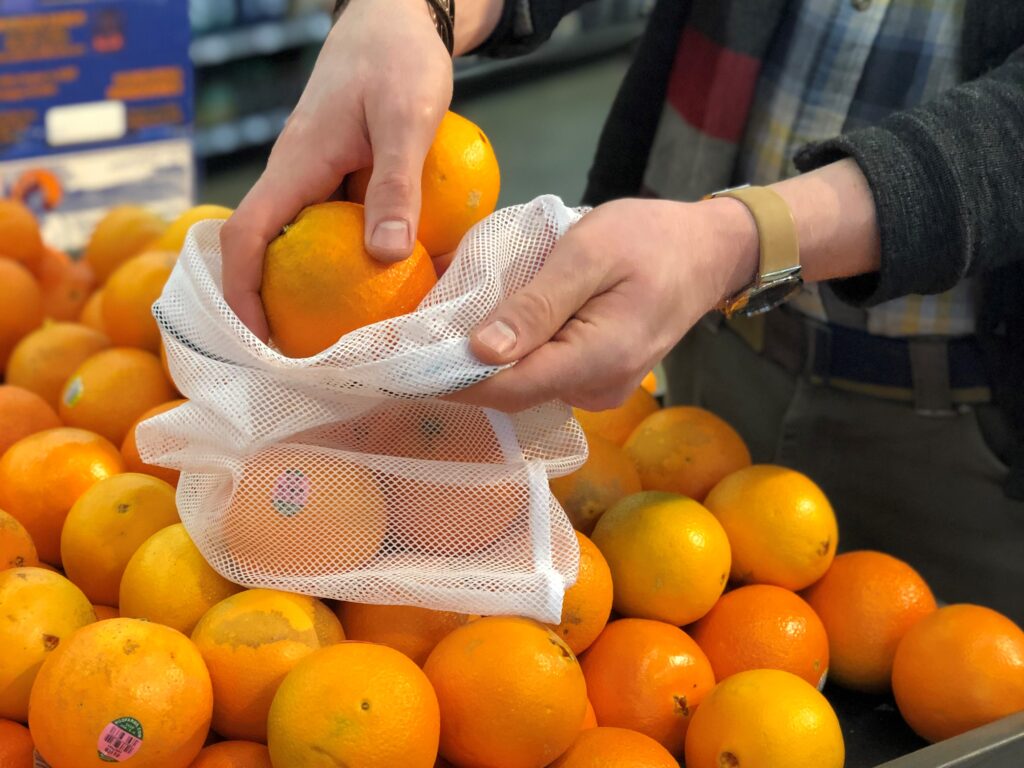
Happy New Year!
The new year is a perfect chance to break old habits that aren’t working for you, build new ones, and work on goals. Many of us are looking for ways to reduce our environmental impact and live more sustainably. Here are three easy resolutions for going green in the new year!
1. Buy more local food
You know we love local! When you buy local food, whether it’s grown, raised, or made close by, you make a huge dent in your overall carbon footprint by eliminating countless food miles. Additionally, money spent locally tends to get reinvested locally, creating jobs and building a stronger and more resilient local economy.
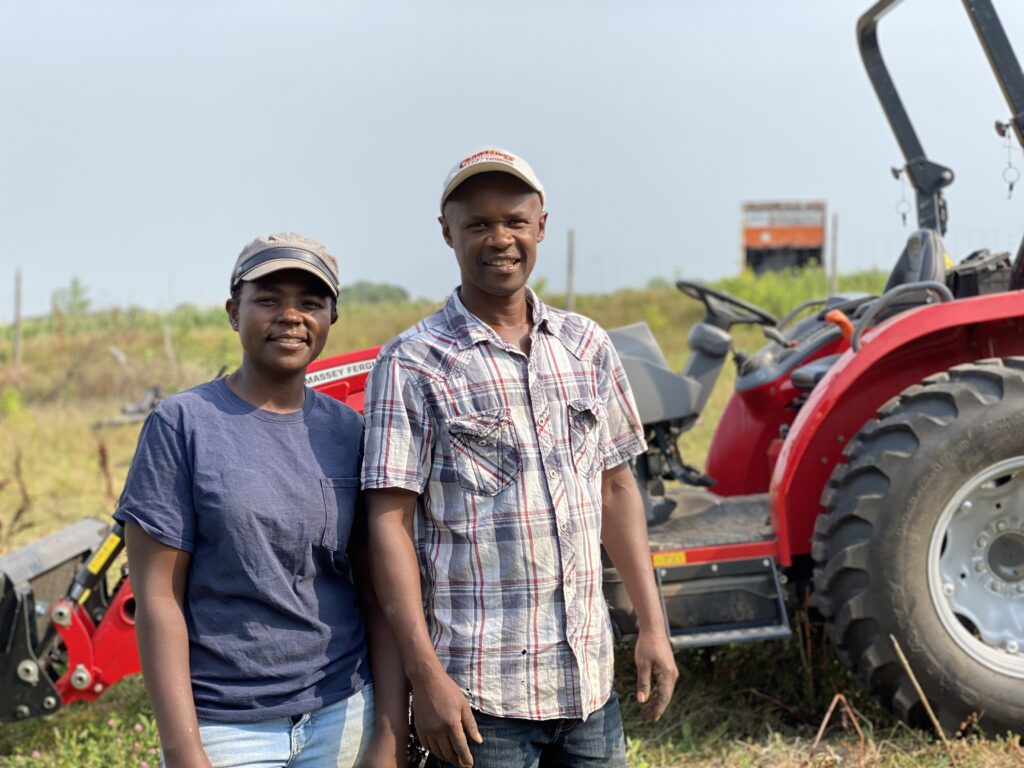
Going green tips to add more local food to your diet:
- Visit a weekly farmer’s market: Not only will your purchases go directly to a local farmer or maker, you’ll have the chance to meet them face to face.
- Enroll in a Community Supported Agriculture (CSA) program: CSAs give farmers an early season financial boost, providing them with capital for planting and repairs. It’s also another great opportunity to get to know your grower!
- Dine at or get takeout from local farm-to-table restaurants. These eateries place a premium on direct relationships with their growers. Not only does this give farmers a great place to sell their food, buying direct helps keep costs down for the restaurant. If you’ve been following the first two steps, you may even notice some familiar names on the menu!
- Shop your local co-op: If there’s a co-op in your neighborhood, the chances are high that you’ll be able to find some combination of local produce, eggs, milk, snacks, and meat.
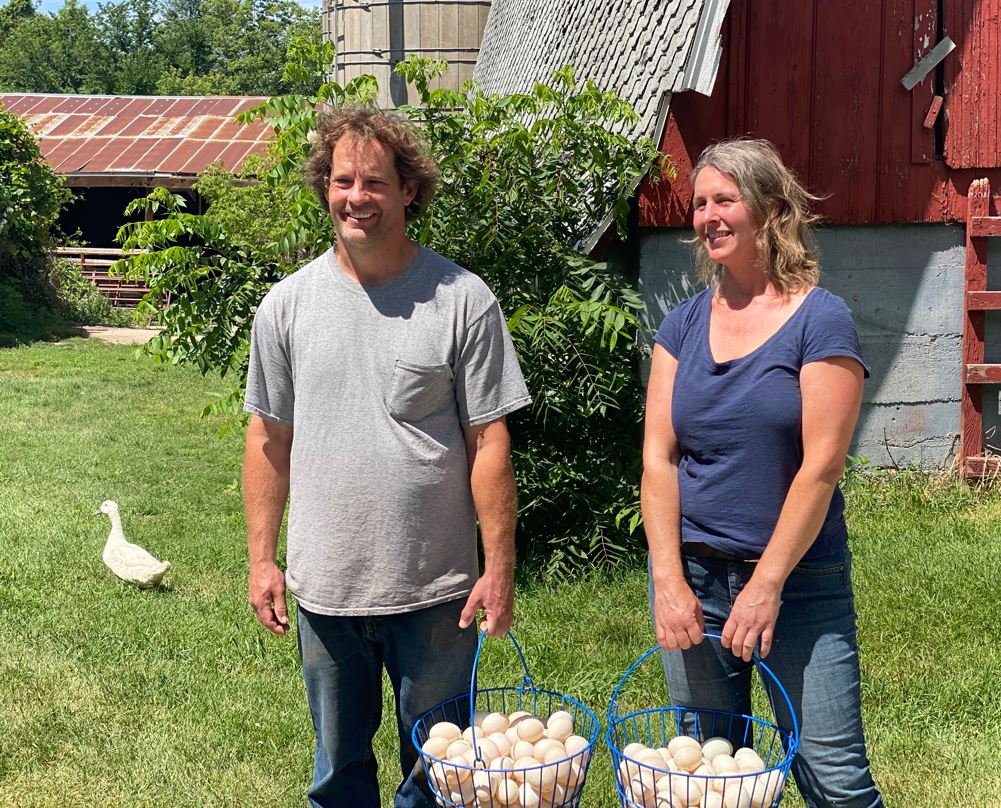
2. Use less plastic
Over-reliance on plastics is harming the planet. Luckily, it’s also an area where together, we can all make an impact. There are times when it’s almost impossible to avoid plastic packaging, but it’s important to be mindful of the impact and choose plastic-free options when they’re available to you.
Why it’s a problem:
Plastic is made primarily from petroleum, an environmentally devastating fossil fuel. Extracting and refining it is damaging alone, but when you take into account that only a fraction of plastic is successfully recycled (only about 9% globally) it’s clear our use of this material needs to be severely reduced. Once produced, plastic bottles take up to 1,000 years to break down, shedding tiny fibers known as microplastic into the ground and water. As a result, microplastics have entered the food chain too.
What you can do:
Start by avoiding bottled water (if you haven’t already). Reusable water containers are easy to use can be found in almost any size or shape. You’ll be eliminating one of the most insidious and unnecessary sources of plastic waste. Not to mention the fact that most bottled water is no different than the water you’d get from your tap. If your tap water is bad or you can’t stand the taste, invest in some reusable gallon jugs and fill up at your local grocery store. You’ll save money as well, because on average, bottled water is 3,000% more expensive than tap according to the Harvard Office for Sustainability.
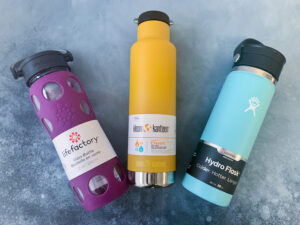
Looking for other ways to cut plastic? There are a number of forward-thinking small makers who are finding clever ways to do business without plastic.
For example, this last year has seen a significant rise in the popularity of bar shampoo. The idea is simple; create shampoo that works exactly like a bar of soap. Not only does it not need a plastic bottle, the lack of added water to the ingredients means these are shipped using less fuel. As a bonus, less local water is used when manufacturing.
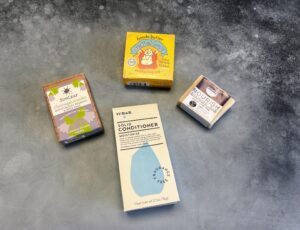 Another great way to cut plastic is to seek out bamboo alternatives. Bamboo is a fast-growing, abundant natural material that grows in dense clusters without much water. That means we can grow a lot, fast, in a short amount of time, without using a lot of space or fresh water.
Another great way to cut plastic is to seek out bamboo alternatives. Bamboo is a fast-growing, abundant natural material that grows in dense clusters without much water. That means we can grow a lot, fast, in a short amount of time, without using a lot of space or fresh water.
Bamboo fibers can be made into durable, biodegradable tooth and hair brushes, clothing, kitchen utensils, paper products, and more.

You can also opt for products packaged in cardboard and glass instead of plastic. Try shopping bulk with reusable containers and putting your produce in canvas mesh bags.
You don’t have to completely eliminate plastic from your life to make a big difference. Even making just a few of these changes has an impact. If a million people swapped plastic toothbrushes for bamboo ones, that would make a serious dent in plastic going to waste.
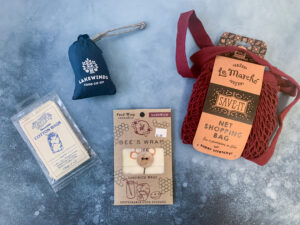
Find more ideas to reduce plastic at the Hennepin County Zero Waste Challenge website.
3. Do more with less
Recycling and reusing are important steps in any green living plan, but the most effective step of all? Reduce. The greenest way to live is to get by with less. It might also be the key to a happier life. Studies have suggested that clutter creates cortisol, the hormone responsible for stress.
Fast fashion, same-day delivery, relentless newsfeeds, endless online registrations: Not only can it all be overwhelming, it can be counterproductive to going green. For example, if images on the news of rainforest destruction trigger stress, this might lead to a dopamine-releasing online shopping spree. The shopping helps in the short-term but later leads to further anxiety over money, clutter, and impact.
The best remedy for too much is to buy less when possible. Focus on experiences instead, such as learning a new language, growing a vegetable garden, or volunteering at a local food shelf.

Spend some time zeroing in on the goods, services, and entertainment that are most meaningful to you. Seek out what enriches your life and makes you happy and try to let go of the rest. You may find that by consuming less, you have time and energy to do more.
Keeping track
For change to be successful and long-term, it should also be measurable, noticeable, and beneficial. When you contemplate going green, it might be motivating to figure out what those metrics are.
How will you know your actions are having an impact?
- If you’re giving up bottled water, keep track of how much money you save. You could also work out how many bottles you’ve stopped using every month and add it up for a year. That’s the amount of plastic you personally have diverted from waste.
- Keeping track of how much local food you’re eating is difficult, but shopping at the co-op can make it easier. For example, according to our 2021 Impact Report, 75% of meat sales and 83% of milk, butter, and eggs sold came from local farms. If you shopped primarily at Lakewinds, you could assume that roughly the same percentages are true for you. All of those sales have a direct impact on local farmers and makers. In addition, your dollars help us support local farmers through the Lakewinds Organic Field Fund.
The most important part of going green is to stay focused. Start small and you’re less likely to get overwhelmed. Remember that small changes can and do have big impacts. In the words of Anne-Marie Bonneau, “We don’t need a handful of people doing zero waste perfectly. We need millions of people doing it imperfectly.” This sentiment holds true for all green living goals. If a million people switched to bamboo toothbrushes, or bought all their eggs locally, that would add up to a noticeable, beneficial change in the world.
Good luck going green, and remember to celebrate milestones on your low-waste journey. Here’s to a more sustainable, eco-friendly 2022!
Interested in learning more? Read about our environmental commitment, check out tips on sustainable shopping, and get more ideas for green living at home.
